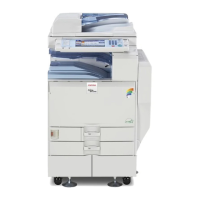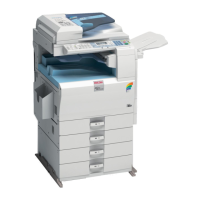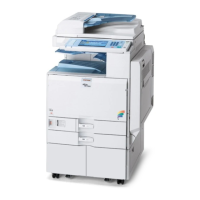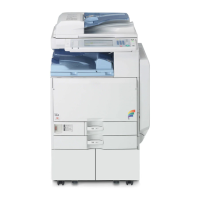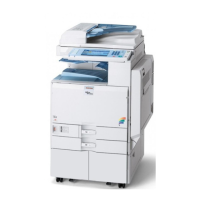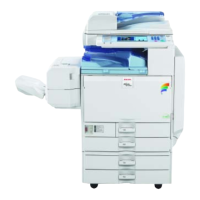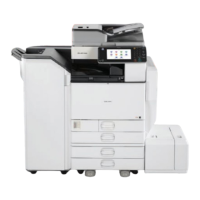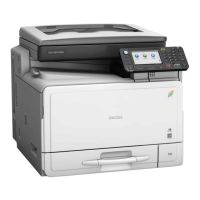Data stored in the Address Book can be encrypted for security. For details, see "Protecting the
Address Book".
• Counters stored under each user code
• Image overlay data
Image overlay data is overwritten after it is deleted.
• p.125 "Protecting the Address Book"
Erase All Memory
This can be specified by the machine administrator. For details about logging on and logging off with
administrator authentication, see "Logging on Using Administrator Authentication", "Logging off Using
Administrator Authentication".
You can erase all the data on the hard disk by writing over it. This is useful if you relocate or dispose of
your machine.
• If you select "Erase All Memory", the following are also deleted: user codes, counters under each
user code, user stamps, data stored in the Address Book, printer fonts downloaded by users,
applications using Embedded Software Architecture, SSL server certificates, and the machine's
network settings.
• If the main power switch is turned to [Off] before Erase All Memory is completed, overwriting will be
stopped and data will be left on the hard disk.
• Do not stop the overwrite mid-process. Doing so will damage the hard disk.
• Before erasing the hard disk, you can back up user codes, counters for each user code, and Address
Book data using SmartDeviceMonitor for Admin. For details, see SmartDeviceMonitor for Admin
Help.
• Other than pausing, no operations are possible during the "Erase All Memory" process. If [Random
Numbers] is specified and the number of overwrites set to "3", the erase process will take about one
and a half hours.
Using Erase All Memory
1. Disconnect communication cables connected to the machine.
2. Press the [User Tools/Counter] key.
3. Press [System Settings].
4. Press [Administrator Tools].
5. Protecting Information Transmitted Through the Network or Stored on the Hard Disk from Leaks
140
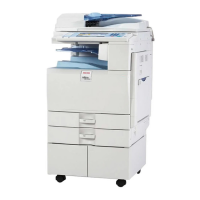
